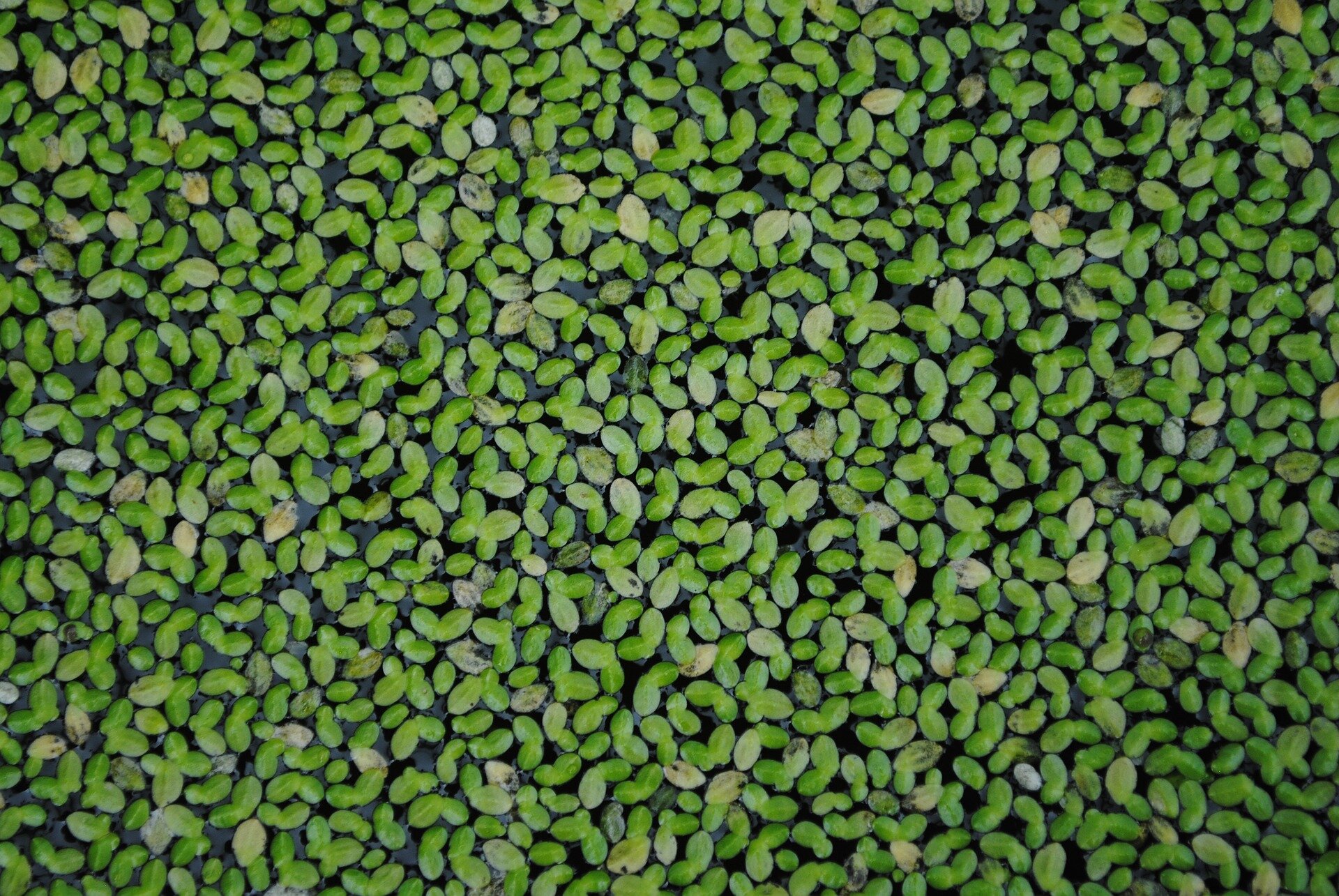A recent study conducted by Lisanne Hendriks, an ecologist at Radboud University, reveals that azolla and duckweed are highly effective floating aquatic plants for purifying wastewater. These plants have the ability to absorb nitrogen and phosphorus from wastewater, significantly improving its cleanliness. The extracted phosphorus and other pollutants can be recovered and reused. The research findings have been published in the reputable journal Water Science & Technology.
Current European Water Framework Directives highlight the issue of excessive concentrations of pollutants like phosphorus and nitrogen in the wastewater we release into the environment. Water boards are actively seeking solutions to address this problem, as traditional techniques are either inadequate or too expensive. In response to this, Hendriks is collaborating on a pilot project called Aquafarm, dedicated to testing new techniques. Hendriks explains, “The role of plants in purifying water is well known. Our study aims to identify the most effective plants while exploring methods to recover the absorbed pollutants.”
Optimal Plants for Water Purification
Hendriks conducted experiments using purified wastewater containing only phosphorus and nitrogen, and grew various plant species in it. “We measured the nutrient levels in the water before and after purification by the plants. The results clearly showed that floating plants yielded the best outcomes.”
Underwater plants faced challenges due to algae growth, which inhibited their ability to absorb nutrients. Additionally, these plants absorbed large amounts of CO2 (up to 1,000 mg per m2 per day). Considering the importance of reducing CO2 emissions as outlined in the Climate Agreement, water boards must contribute to this objective.
Aside from their purification benefits, the floating plants also allow for the recovery of absorbed phosphorus and other nutrients after harvesting. Hendriks emphasizes the significance of phosphorus as a finite resource, stating, “We will continue to need phosphorus for products like fertilizer, and it cannot be artificially produced. Recovering phosphorus from wastewater would be a remarkable achievement.” Researchers are currently seeking the most effective method to accomplish this.
Promising Initial Findings
According to Hendriks, there are three main advantages to using floating plants for water purification. Firstly, they enhance the already clean wastewater, making it even purer. Secondly, the absorbed phosphorus and other nutrients can be recovered from the wastewater. Lastly, the process generates fewer CO2 emissions. In addition, the plant matter itself can be repurposed into useful products such as potting soil or insulation material.
The research is ongoing, but the initial findings are promising. Hendriks states, “We now aim to determine the most effective method. Some floating plants excel at absorbing nitrogen, while others are more effective at absorbing phosphorus. Therefore, we need to identify the best combination of plants and their ideal sequence of use.”
The next challenge lies in integrating these plants into the existing purification process. Hendriks acknowledges the limited space available in the Netherlands and suggests exploring the possibility of a vertical system. However, further testing is required to determine the optimal approach.
More information:
Lisanne Hendriks et al, Polishing wastewater effluent using plants: floating plants perform better than submerged plants in both nutrient removal and reduction of greenhouse gas emission, Water Science & Technology (2023). DOI: 10.2166/wst.2023.203
Citation:
Study shows floating plants best at purifying wastewater (2023, July 5)
retrieved 5 July 2023
from https://phys.org/news/2023-07-purifying-wastewater.html
This document is subject to copyright. Apart from any fair dealing for the purpose of private study or research, no
part may be reproduced without the written permission. The content is provided for information purposes only.



